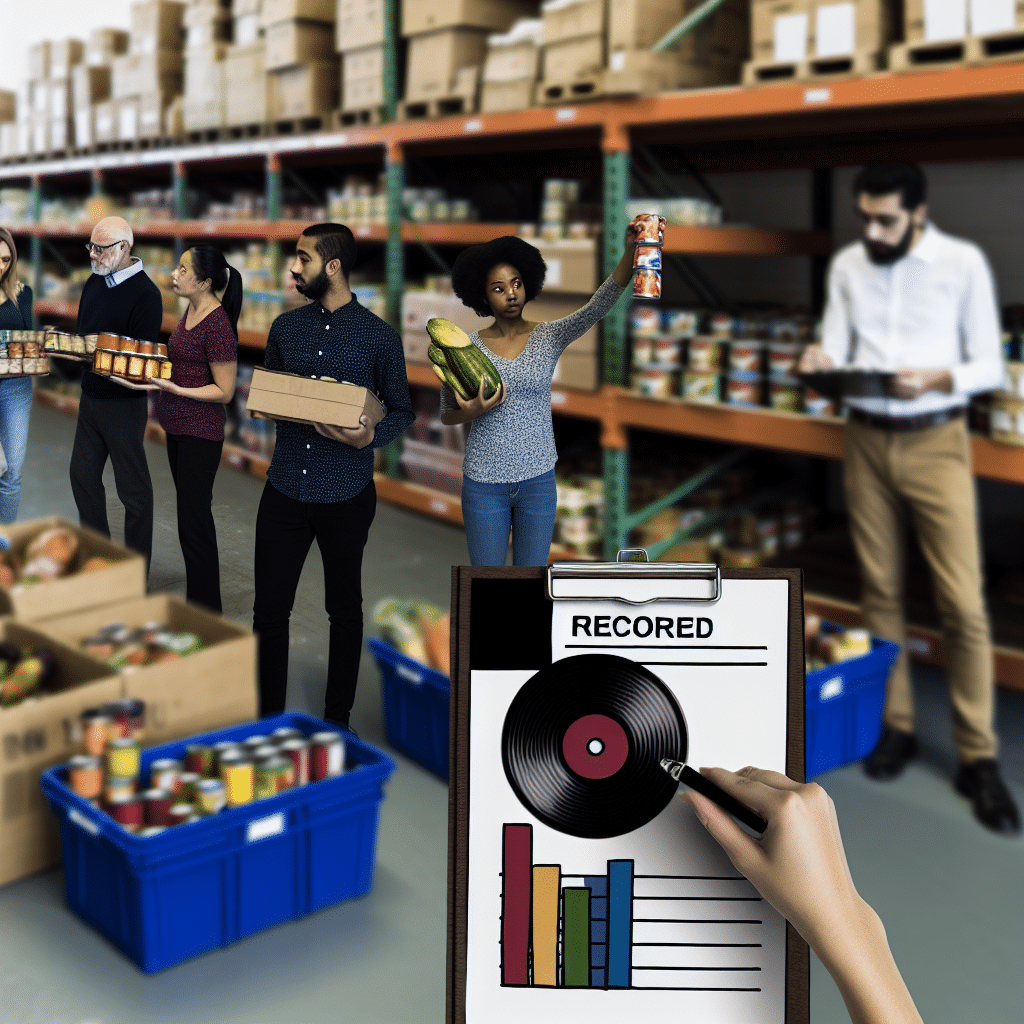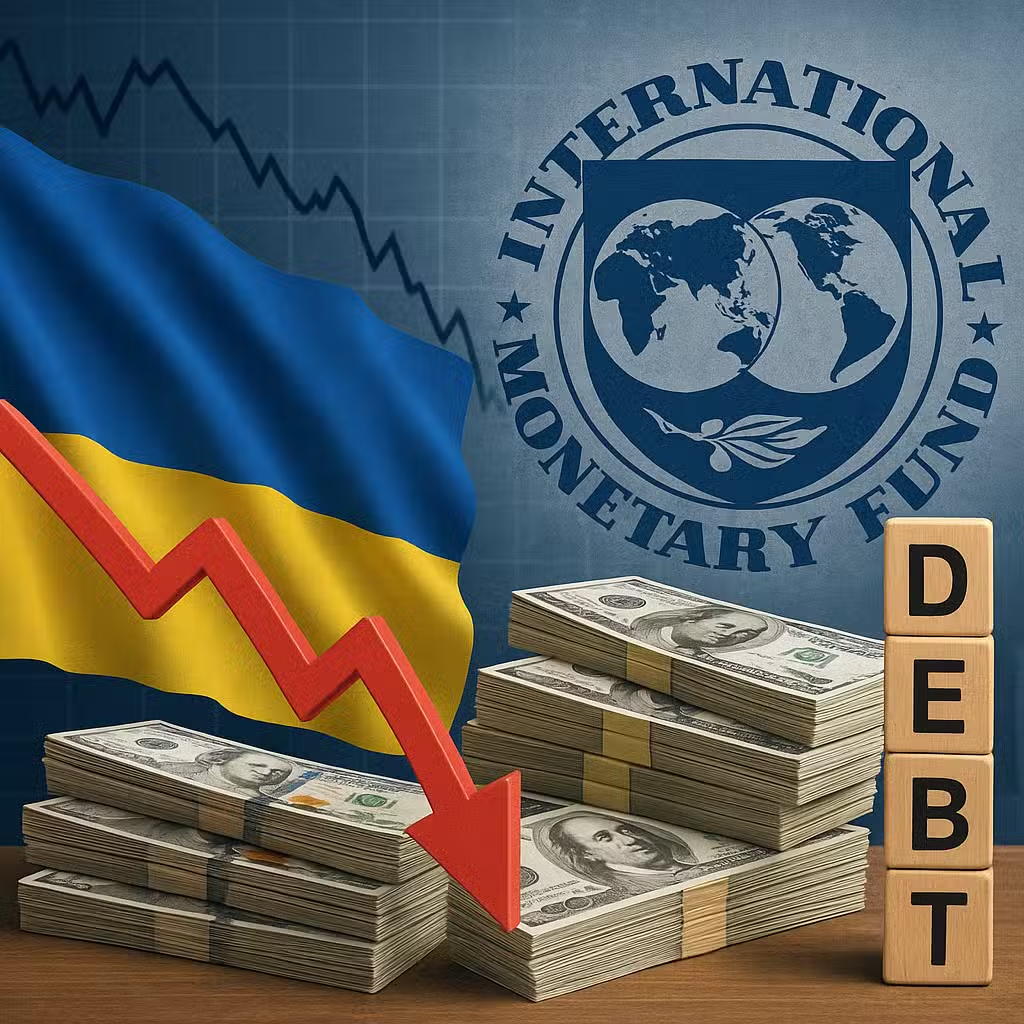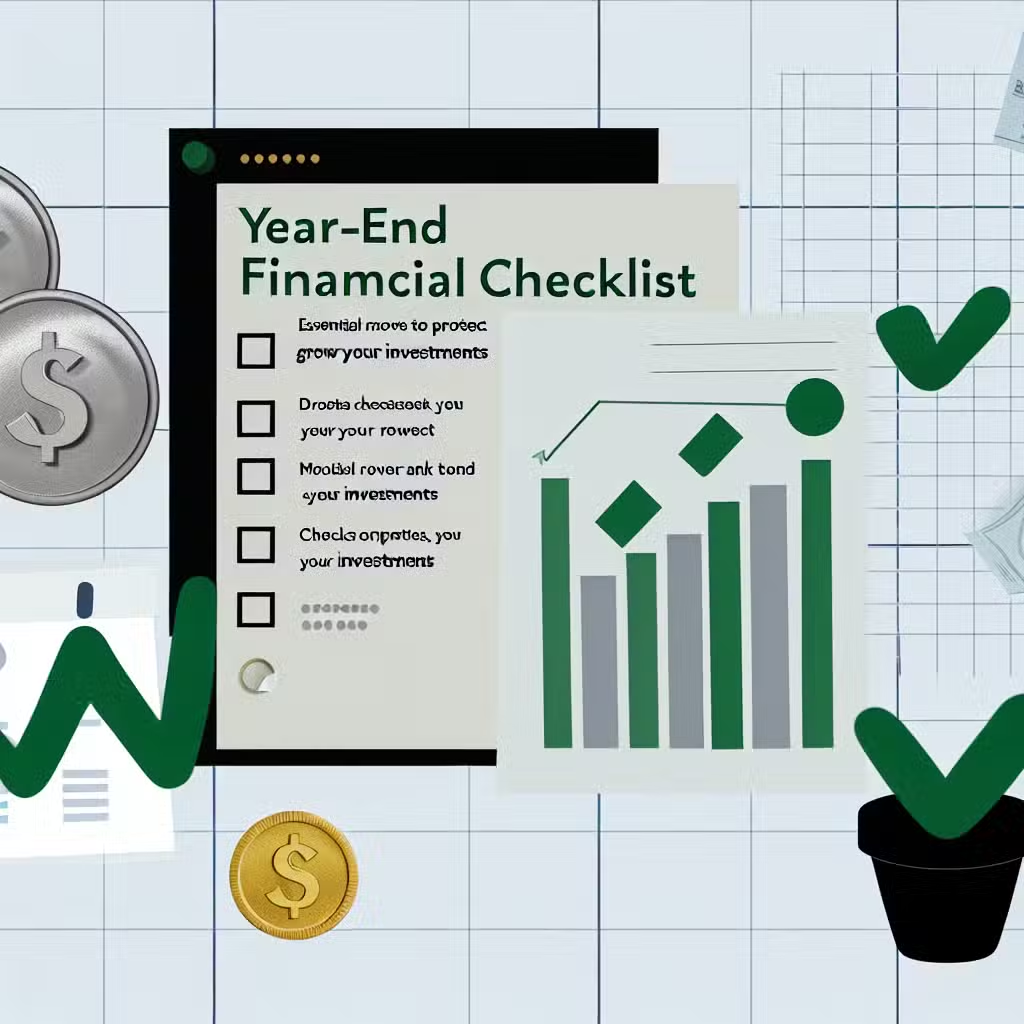Record Food Bank Donations Signal Shifting Consumer Needs as SNAP Delays Impact Spending
Imagine if your local grocery store suddenly ran out of food for a whole month. That’s what’s happening for millions of Americans as a government shutdown puts a key food program on pause. This isn’t just about empty shelves—it could have a big impact on families and your investments, too.
Why Investors Should Care
The Supplemental Nutrition Assistance Program (SNAP), which helps about 42 million people buy food, is at risk during the government shutdown. When people can’t buy food, it affects grocery stores, food producers, and even the stock market. If people have less money to spend, entire sectors—like retail and consumer goods—could see lower profits. That can hit your portfolio, especially if you own stocks or funds in these areas.
The Good News: Community Steps Up
- With SNAP funding in trouble, regular people are giving more than ever to food charities.
- Between October 23 and October 27, donations to hunger relief groups jumped by about 587%, according to Charity Navigator.
- Groups like Feeding America and Second Harvest are getting more help, which means families are less likely to go hungry—at least for now.
The Bad News: It’s Not Enough
- Even with all the donations, charities can’t fully replace SNAP. Food banks and shelters are stretched thin as more people need help.
- Nonprofit leaders warn that every delay in SNAP money puts more pressure on local groups and makes it harder for families to get by.
- If the shutdown drags on, the strain could ripple through the economy, affecting everything from grocery sales to local jobs.
Bull vs. Bear: What’s at Stake?
- Bullish (Positive) Side:
- Charities are seeing record donations, showing strong community spirit.
- Some companies, like discount grocers, may see a short-term boost as people look for cheaper food options.
- Investors who support social impact funds or companies with strong community ties could see long-term value.
- Bearish (Negative) Side:
- If SNAP stays frozen, grocery stores and food makers could lose billions in sales. In 2018, SNAP spending made up about 6% of all grocery sales in the U.S., according to the USDA.
- More strain on charities could lead to burnout and less help down the road.
- Broader consumer confidence could fall, which tends to hurt the stock market.
What History Tells Us
During the 2019 government shutdown, food banks reported a 30% jump in people needing help, according to Feeding America. That’s a reminder that these shocks can have lasting effects on families and the broader economy. Investors should watch for signs that consumer spending is dipping, especially in sectors tied to basic needs.
How to Find Reputable Charities
- Use third-party sites like Charity Navigator, BBB Wise Giving Alliance, or CharityWatch to check if a charity uses donations wisely.
- You can donate to national organizations or find a local food bank to help your own community.
- Many groups also need volunteers and personal care items, not just money.
Investor Takeaway
- Keep an eye on consumer staples and grocery stocks—these could be hit if SNAP funding stays frozen.
- Diversify your portfolio so you’re not too exposed to sectors like retail or food production.
- Watch for changes in consumer spending data in the next quarter; it could signal bigger economic shifts.
- Consider supporting companies or funds with strong social impact records—these may weather tough times better.
- If you’re interested in giving back, use trusted sources to find effective charities and make your donation count.
For the full original report, see CNBC







